Combining Kenya & Tanzania Safaris: What to Know A Complete Guide
Embarking on an African safari is a dream for many travelers, and few regions can match the diversity, drama, and beauty of East Africa. For the ultimate wildlife experience, combining a Kenya and Tanzania safari offers unmatched access to the most iconic national parks, abundant wildlife, and the world-renowned Great Migration. Here’s what you need to know to plan your perfect cross-border adventure.
Why Combine Kenya and Tanzania?
Both Kenya and Tanzania are wildlife powerhouses, home to famous reserves such as the Masai Mara, Serengeti, Amboseli, and Ngorongoro Crater. By combining the two countries, you not only expand your chances of spotting the Big Five (lion, leopard, elephant, rhino, and buffalo), but you also witness different ecosystems, cultures, and landscapes.
One of the biggest draws is the Great Migration. This epic movement of over 1.5 million wildebeest, along with hundreds of thousands of zebras and gazelles, spans the Serengeti in Tanzania and the Masai Mara in Kenya. Depending on the time of year, your Chacal Safaris consultant can advise where best to position your safari for prime viewing.
Crossing the Border: Logistics Made Easy
While the idea of a multi-country safari might sound complicated, it’s simpler than most imagine. The main border crossings for safari travelers are Namanga (between Amboseli and Arusha) and Isebania (between the Mara and Serengeti). Chacal Safaris can organize seamless transfers with guides experienced in navigating these routes, ensuring smooth transitions with minimal delays.
Make sure your passport is valid for at least six months, and apply for visas in advance or opt for the East Africa Tourist Visa, which allows multiple entries into Kenya, Tanzania, and Uganda over 90 days.
When to Go
Kenya and Tanzania are great year-round safari destinations, but timing your trip around the migration or dry seasons can enhance your experience.
- July to October: Peak migration in the Masai Mara and prime game-viewing in both countries.
- December to March: Calving season in the southern Serengeti , great for predator action.
- April to May: Rainy season, fewer crowds, lush landscapes, but some camps may close.
Each season has its advantages, and Chacal Safaris offers tailored itineraries that suit your preferences and travel style.
Choosing the Right Parks
Pairing parks from each country helps create a dynamic safari experience. Some favorite combinations include:
- Masai Mara & Serengeti: For migration-focused safaris and predator action.
- Amboseli & Tarangire: Ideal for elephant lovers and scenic landscapes.
- Lake Nakuru & Ngorongoro Crater: Perfect for birdwatchers and rhino sightings.
Accommodations range from luxury lodges to eco-friendly tented camps. Our team hand-picks stays that match your desired comfort level and immersion in nature.
Culture and Community
Beyond the wildlife, a combined Kenya-Tanzania safari allows you to engage with the vibrant cultures of the Maasai, Hadzabe, and other local communities. Cultural experiences, when thoughtfully arrange, can add incredible depth to your journey.
Plan Your Journey with Experts
A combined Kenya and Tanzania safari is more than a holiday, it’s a life-changing experience. At Chacal Safaris, we specialize in crafting personalized itineraries that seamlessly blend adventure, comfort, and cultural connection. Let us take care of the details, so you can focus on the thrill of the wild.

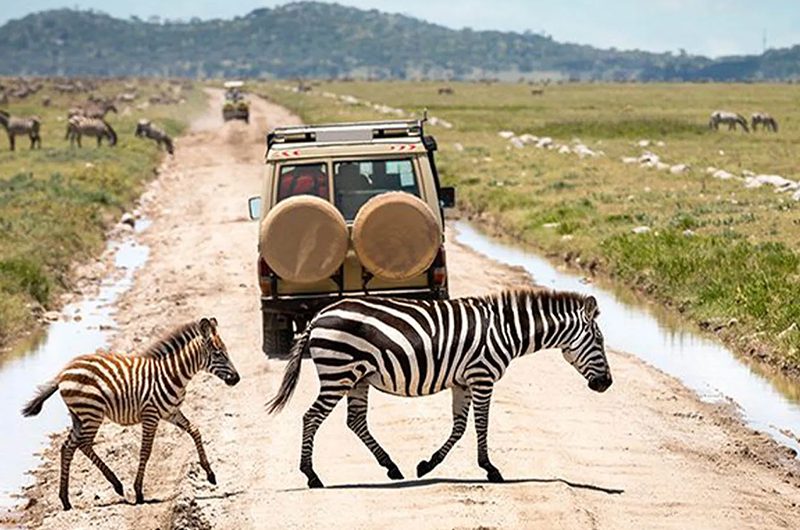

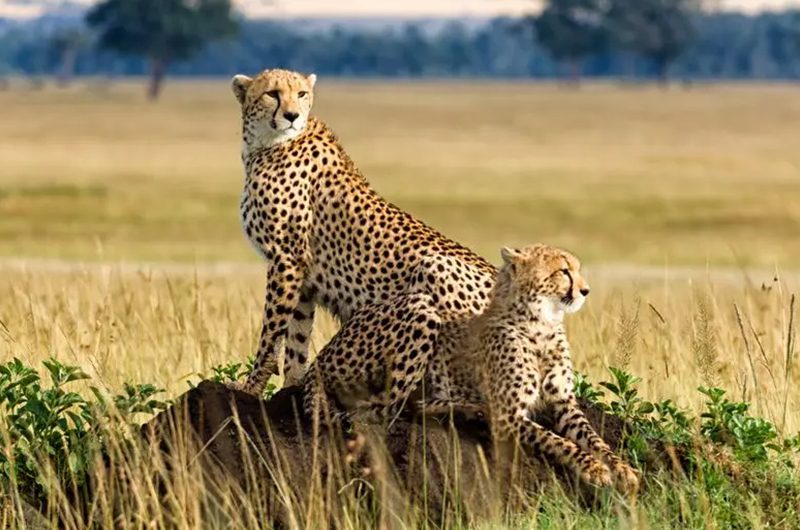
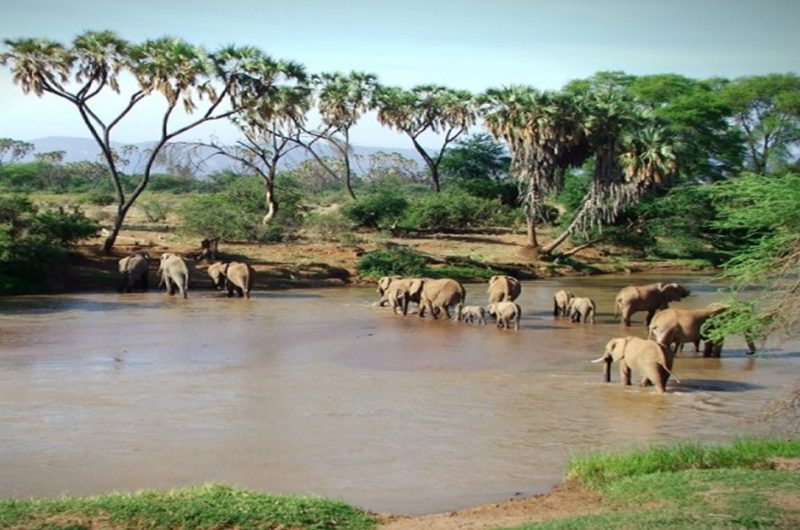
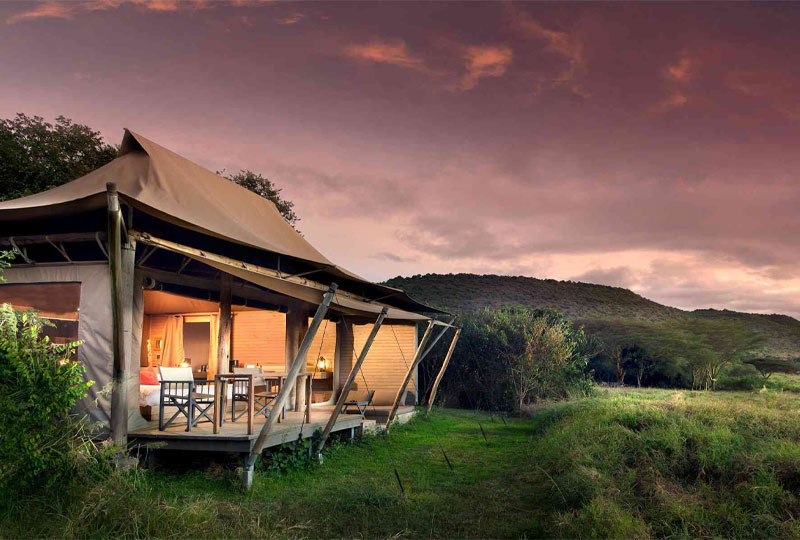 Planning a Kenya safari in 2025? Your choice of accommodation can make your safari experience even more memorable. Whether you’re looking for rustic charm, luxury comfort, or family-friendly options, Kenya offers a wide range of exceptional safari lodges and camps to suit every type of traveler.
Planning a Kenya safari in 2025? Your choice of accommodation can make your safari experience even more memorable. Whether you’re looking for rustic charm, luxury comfort, or family-friendly options, Kenya offers a wide range of exceptional safari lodges and camps to suit every type of traveler.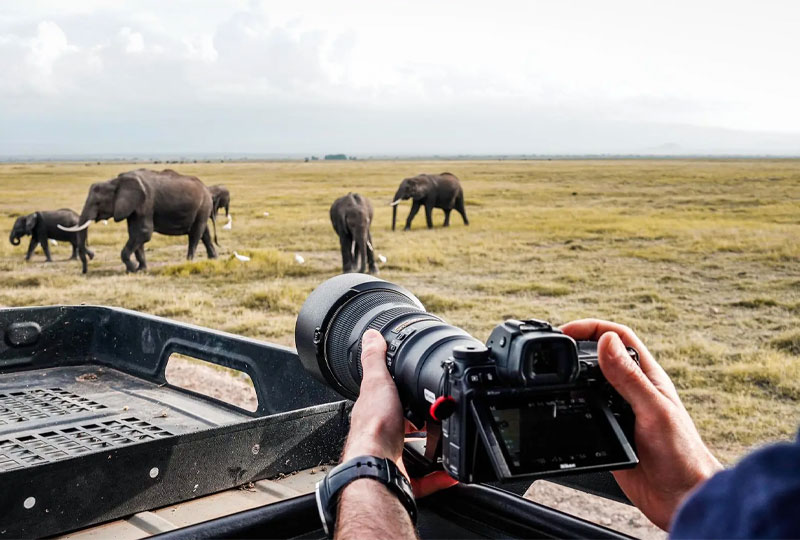 Embarking on a safari in Kenya offers the chance to witness some of the world’s most majestic creatures in their natural habitat. Whether you’re capturing a lion on the prowl, elephants at a waterhole, or a giraffe against an African sunset, safari photography is an experience like no other. At Chacal Expeditions, we don’t just take you to see wildlife — we help you capture it beautifully.
Embarking on a safari in Kenya offers the chance to witness some of the world’s most majestic creatures in their natural habitat. Whether you’re capturing a lion on the prowl, elephants at a waterhole, or a giraffe against an African sunset, safari photography is an experience like no other. At Chacal Expeditions, we don’t just take you to see wildlife — we help you capture it beautifully.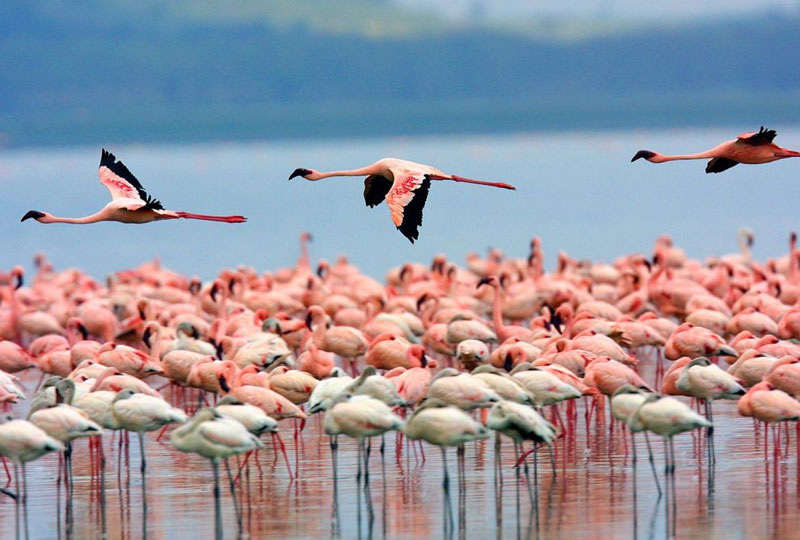 Kenya is not only famous for its Big Five safaris but also for being one of the best bird-watching destinations in the world. With over 1,100 recorded bird species, Kenya offers an incredible diversity of habitats — from freshwater lakes and savannahs to forests and highlands — making it a paradise for bird lovers.
Kenya is not only famous for its Big Five safaris but also for being one of the best bird-watching destinations in the world. With over 1,100 recorded bird species, Kenya offers an incredible diversity of habitats — from freshwater lakes and savannahs to forests and highlands — making it a paradise for bird lovers.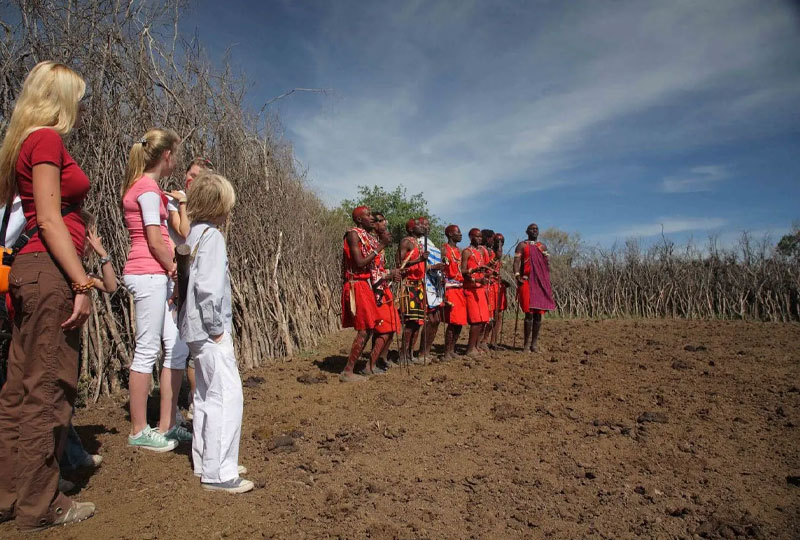 While Kenya is world-renowned for its wildlife safaris, the most meaningful experiences often come from connecting with its people. One of the most enriching and unforgettable parts of any safari is a cultural visit to a Maasai village. At Chacal Expeditions, we believe that a safari isn’t complete without engaging with the traditions and stories of the local communities — especially the iconic Maasai tribe.
While Kenya is world-renowned for its wildlife safaris, the most meaningful experiences often come from connecting with its people. One of the most enriching and unforgettable parts of any safari is a cultural visit to a Maasai village. At Chacal Expeditions, we believe that a safari isn’t complete without engaging with the traditions and stories of the local communities — especially the iconic Maasai tribe.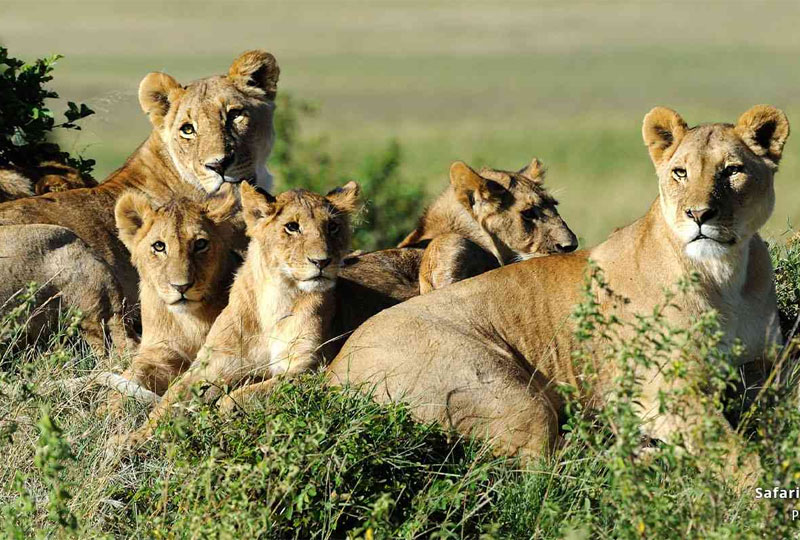 For many safari-goers, spotting the legendary Big Five — lion, leopard, elephant, buffalo, and rhino — is the ultimate wildlife goal. These animals were originally termed “Big Five” by hunters due to their difficulty to track and hunt, but today they are a must-see for photographers and wildlife lovers. Kenya is one of the best places in Africa to see all five in their natural habitat.
For many safari-goers, spotting the legendary Big Five — lion, leopard, elephant, buffalo, and rhino — is the ultimate wildlife goal. These animals were originally termed “Big Five” by hunters due to their difficulty to track and hunt, but today they are a must-see for photographers and wildlife lovers. Kenya is one of the best places in Africa to see all five in their natural habitat.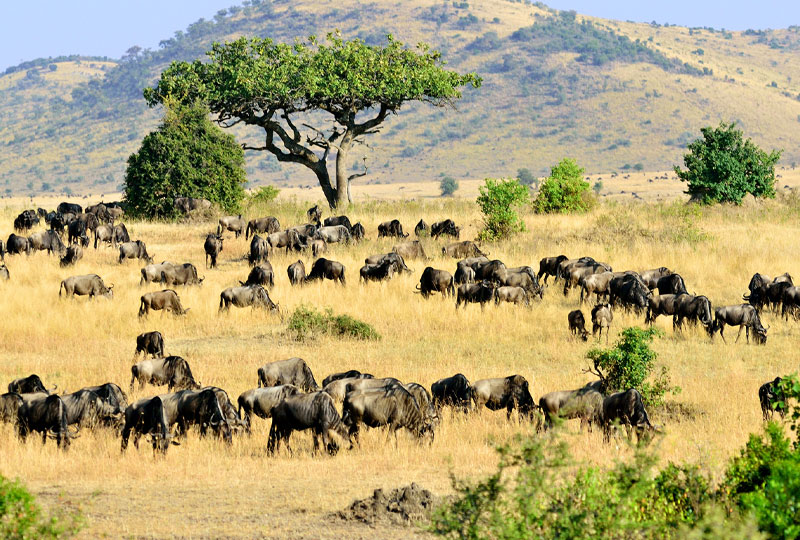 If you’re planning an unforgettable African safari in 2025 or 2026, look no further than the Maasai Mara National Reserve in Kenya. Famous for its vast savannahs, rich wildlife, and thrilling predator-prey encounters, the Maasai Mara remains one of the best safari destinations in the world. At Chacal Expeditions, we’re ready to help you make the most of your trip with customized itineraries, expert guides, and seamless logistics.
If you’re planning an unforgettable African safari in 2025 or 2026, look no further than the Maasai Mara National Reserve in Kenya. Famous for its vast savannahs, rich wildlife, and thrilling predator-prey encounters, the Maasai Mara remains one of the best safari destinations in the world. At Chacal Expeditions, we’re ready to help you make the most of your trip with customized itineraries, expert guides, and seamless logistics.